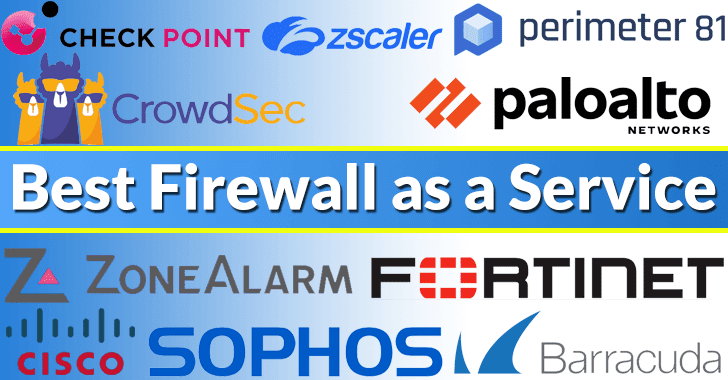Five key principles of Resilience - PAM
Privileged Access Management (PAM), there are several key principles that contribute to building resilience and enhancing security. While there may be variations in the interpretation of these principles, the following five principles are commonly recognized:
- Principle of Least Privilege (PoLP): The Principle of Least Privilege states that individuals should only be granted the minimum level of access necessary to perform their authorized tasks. This principle ensures that privileges are assigned based on job roles and responsibilities, minimizing the potential impact of a compromised or misused privileged account.
- Just-in-Time (JIT) Access: Just-in-Time Access is the practice of providing temporary, time-limited access to privileged accounts only when needed. Instead of having continuous privileged access, users request elevated access for a specific period. JIT access reduces the overall attack surface and minimizes the exposure of privileged credentials.
- Privileged Session Monitoring: Privileged Session Monitoring involves the real-time monitoring and recording of activities performed during privileged sessions. This principle ensures that all actions taken by privileged users are captured and can be reviewed for auditing, compliance, and incident investigation purposes.
- Multi-Factor Authentication (MFA): Multi-Factor Authentication is the practice of requiring multiple factors of authentication, typically a combination of something you know (password), something you have (token or device), or something you are (biometric). MFA adds an extra layer of security to verify the identity of privileged users and mitigate the risks associated with stolen or compromised passwords.
- Privileged Access Analytics: Privileged Access Analytics involves the use of advanced analytics and machine learning techniques to detect and respond to anomalous or suspicious activities related to privileged access. By continuously monitoring privileged user behavior, unusual patterns or deviations from the norm can be identified, allowing for timely detection and response to potential security incidents.
By adhering to these principles, organizations can establish a robust and resilient Privileged Access Management framework, strengthening their security posture and reducing the risk of privileged account misuse or compromise.





